Provide Robust Storage Assurance for AI Large Models: Review of Zhitai TiPro 9000 4TB Version
![]() 03/03 2025
03/03 2025
![]() 668
668
Currently, AI large models have become the most watched sector in the technology industry, especially with the rise of DeepSeek earlier this year, which has pushed large language models to new heights. In particular, the release of DeepSeek R1 has prompted many enterprises to start deploying their own models. The complete 671b model places extremely stringent demands on the computing power of computers. However, for ordinary consumers, the 32b model is still worth a try.
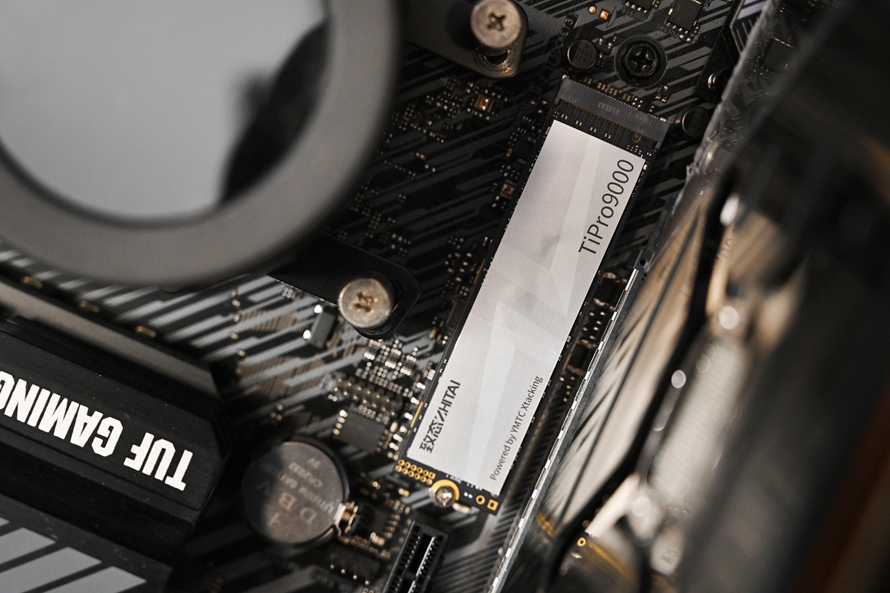
To make AI models more effective, it is not just about GPUs, CPUs, and other devices; powerful PCIe 5.0 SSDs are also needed. Zhitai has released its first PCIe 5.0 SSD, the Zhitai TiPro9000, and recently also launched a 4TB version. Now let's see if this SSD can meet the storage demands of AI large language models.
PCIe 5.0
Many people may still be unfamiliar with PCIe 5.0, as many consumers have yet to adopt PCIe 4.0 SSDs, let alone PCIe 5.0 SSDs. However, with the popularity of localized deployment of AI large models, more and more consumers hope to have high-performance storage systems, and PCIe 5.0 is gradually coming into view. Compared to PCIe 4.0, PCIe 5.0 SSDs offer higher bandwidth, with a maximum transmission speed of 16GB/s on PCIe 5.0 x4 channels, twice that of PCIe 4.0 SSDs.
To fully utilize the capabilities of PCIe 5.0 SSDs, platform support is essential. Both Intel and AMD have increased support for PCIe 5.0 SSDs. For instance, Intel added relevant support in its 13th-generation Core processors, while AMD added support on the AM5 platform. After several years of development, PCIe 5.0 SSD support can be added to computers from recent years.
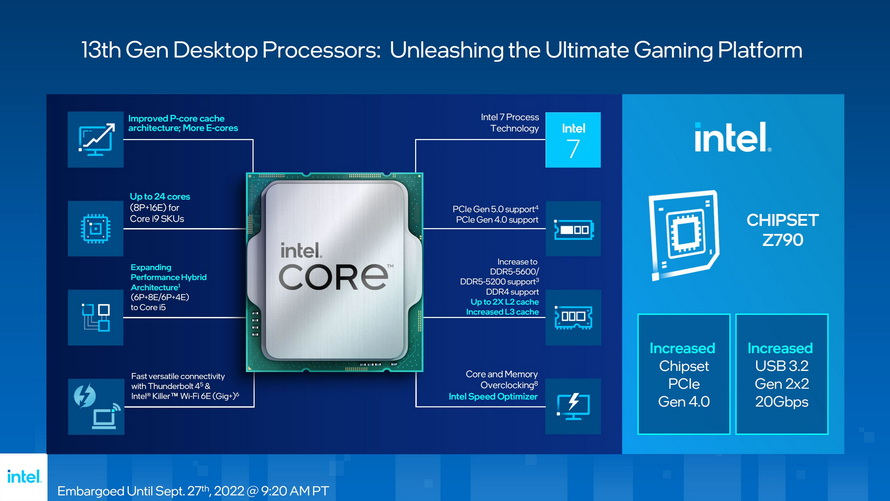
Additionally, the decline in 3D NAND flash memory chip prices is an important prerequisite for the rapid popularization of PCIe 5.0 SSDs. Compared to the prices of SSDs in the early days of PCIe 4.0, PCIe 5.0 SSDs are more affordable, with no unusually high prices, making more consumers willing to try them out.
Zhitai TiPro9000 Appearance

The Zhitai TiPro9000 uses Yangtze Memory's new-generation Xtacking®4.0 architecture. Zhitai previously released 1TB and 2TB specifications, and this time we received the 4TB capacity version. The Zhitai TiPro9000 4TB boasts a read speed of 14GB/s and a write speed exceeding 12GB/s. Considering the ultra-high transfer speed of the TiPro9000, it uses LPDDR4 DRAM as high-speed cache to ensure that there are no bottlenecks in internal SSD transfers.
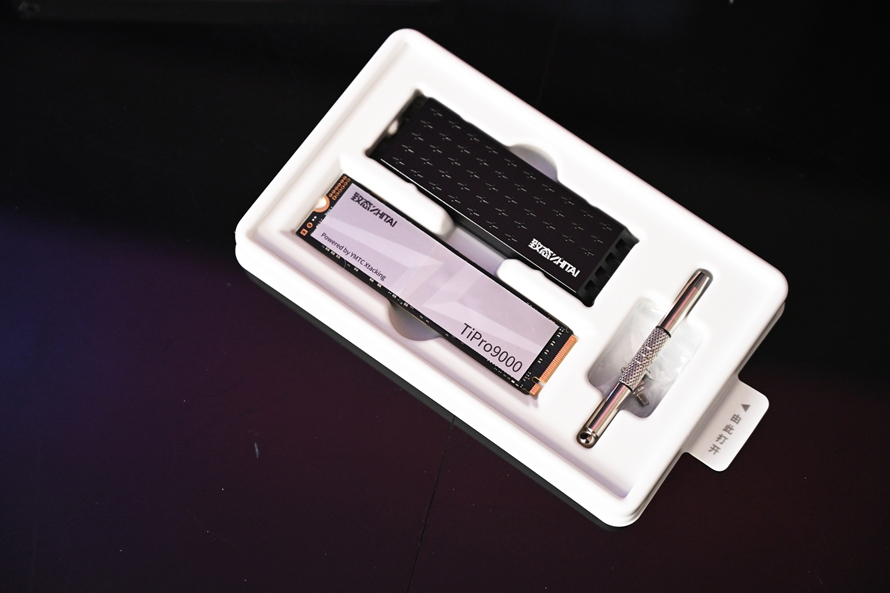

Upon opening the package, you can see the Zhitai TiPro9000, a black heatsink, and a screwdriver inside. As a new-generation PCIe 5.0 SSD, it generates significant heat when running at full speed, so a heatsink has become an industry standard. If you don't want the heatsink that comes with a high-end motherboard, the well-crafted Zhitai TiPro9000's built-in heatsink is sufficient to meet the SSD's cooling needs.
Performance Testing
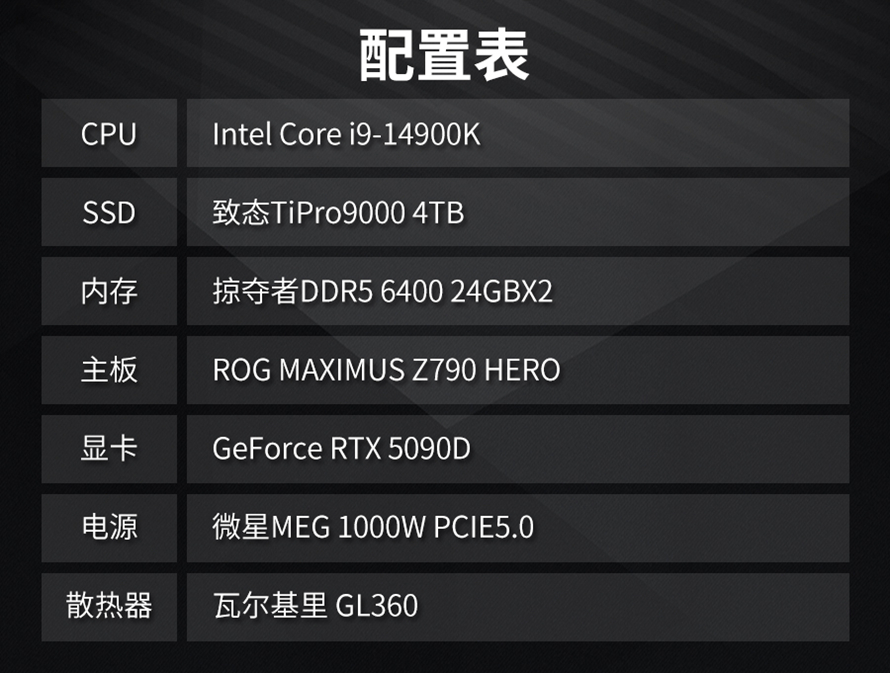
Now that CES 2025 has passed, major manufacturers have released their latest hardware. In particular, NVIDIA has released the GeForce RTX 50 series graphics cards, which can play a greater role in the AI field. Therefore, for this test, we chose NVIDIA's flagship GeForce RTX 5090D graphics card for AI computations and inference. Additionally, we selected the Intel Core i9-14900K processor and ROG's Z790 Hero motherboard, along with 48GB of DDR5 6400 memory, to make the entire platform more capable of handling this challenge.
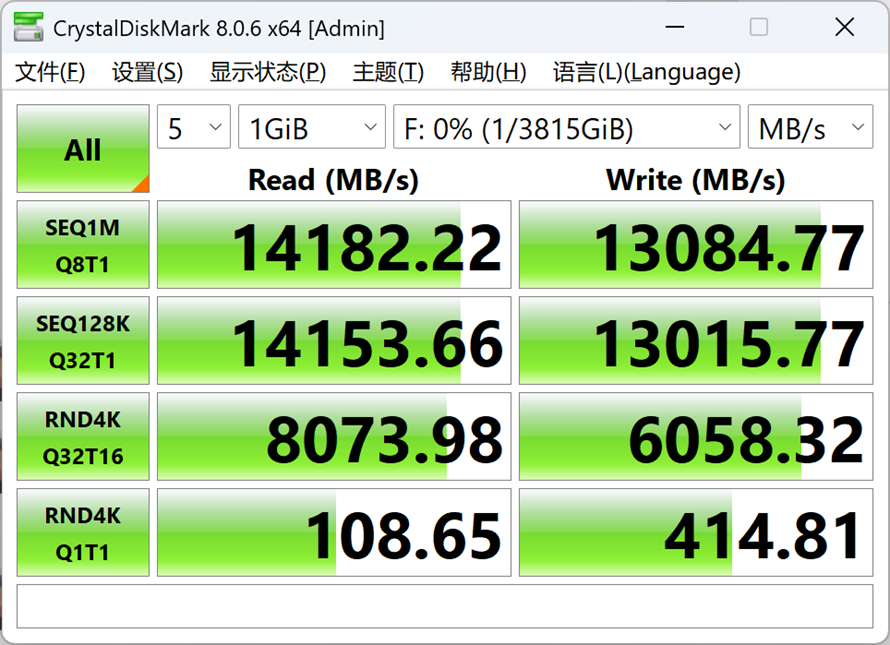
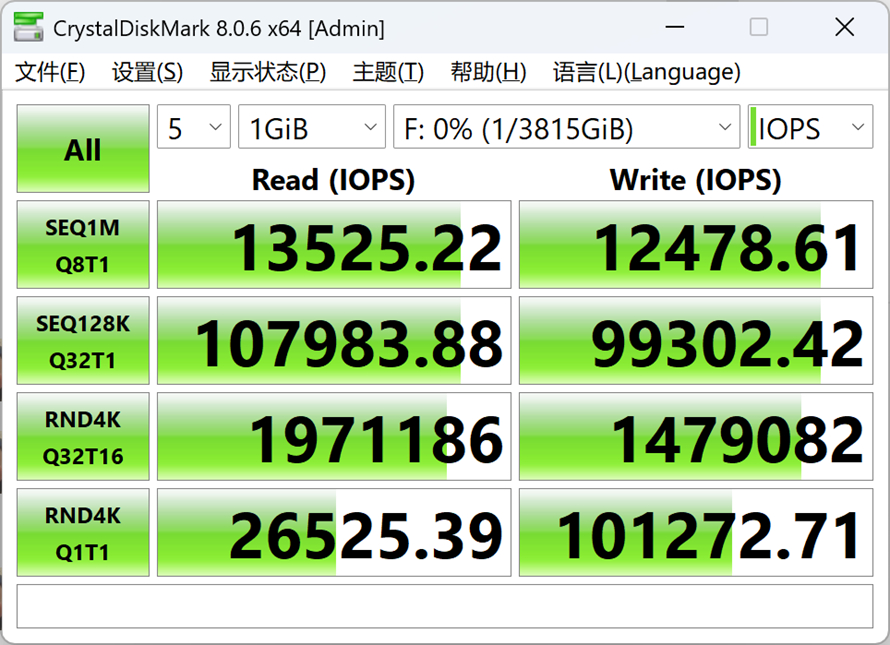
First up is CrystalDiskMark. Under CDM testing, the Zhitai TiPro 9000 achieves a read speed exceeding 14GB/s and a write speed of 13GB/s, approximately twice that of the previous generation of PCIe 4.0 SSDs. Additionally, for the operation of AI large language models, the 4K I/O read performance of the Zhitai TiPro 9000 approaches 2 million IOPS, enabling greater data exchange.
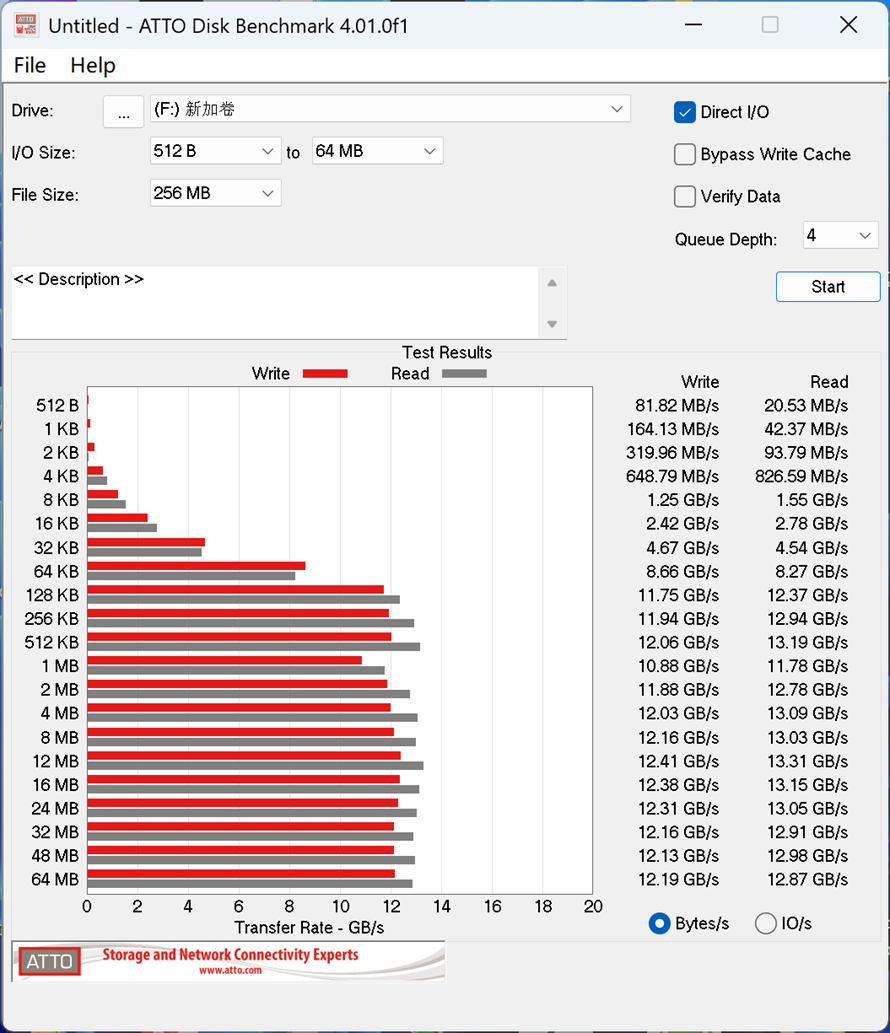
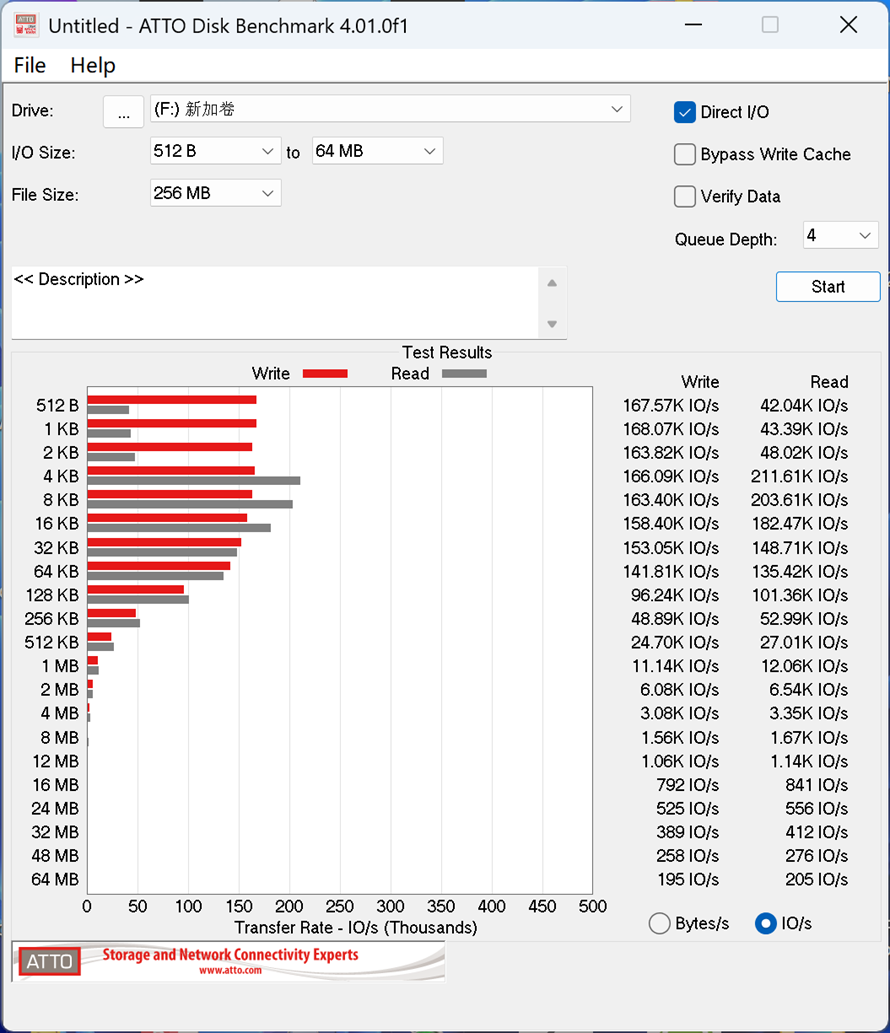
We also tested ATTO Disk Benchmark, which assesses the speed performance of the Zhitai TiPro9000 4TB across different file cluster sizes. Through testing, the Zhitai TiPro 9000 4TB achieves write speeds exceeding 12GB/s for files larger than 128KB and can maintain write speeds of 13GB/s, showing remarkable stability. This is even more evident for common file sizes like 2MB, 4MB, and 8MB, demonstrating the outstanding quality of this SSD.
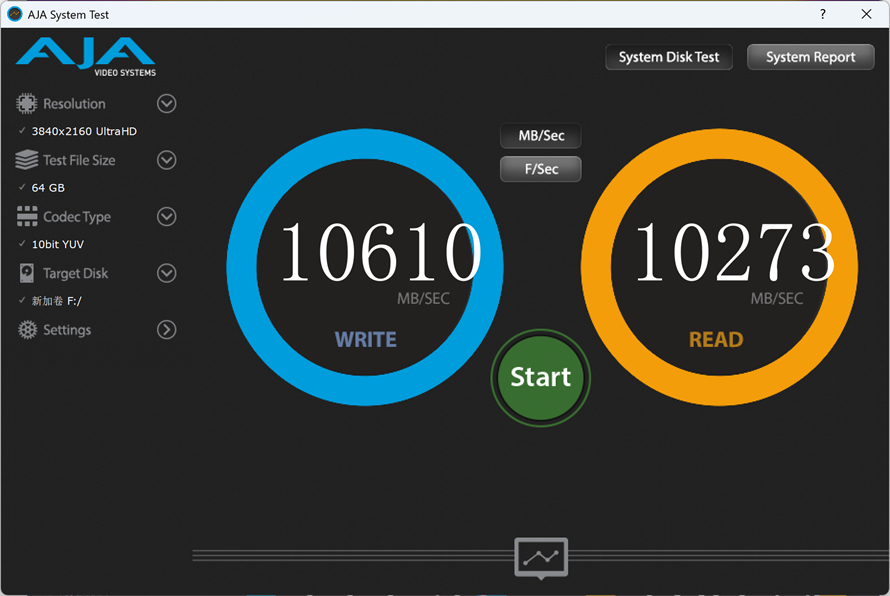
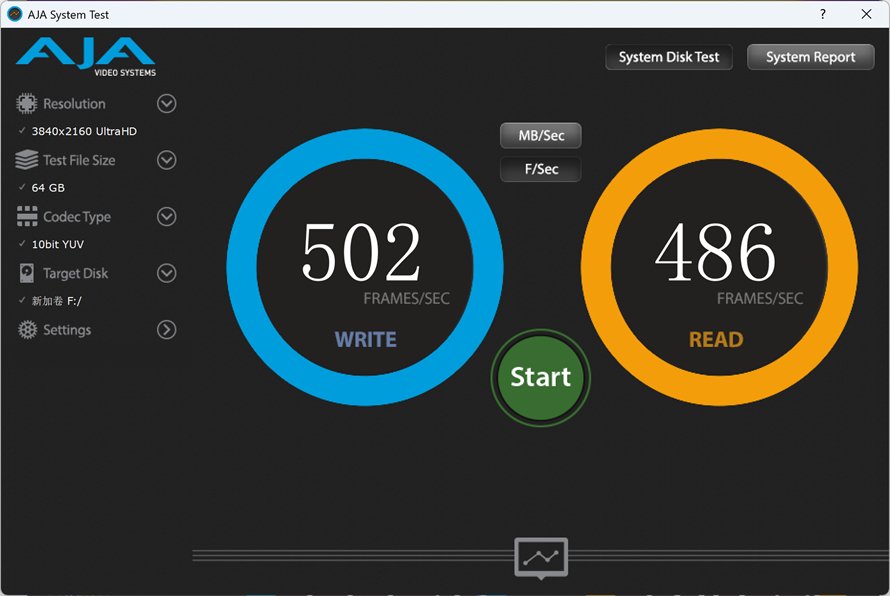
Video editing has become a hobby for many users, and for efficient video editing, a high-performance SSD is essential. Therefore, we also used AJA System Test to evaluate the video file transfer performance of the Zhitai TiPro9000 4TB. Through testing, the Zhitai TiPro9000 4TB achieves write speeds of 10.6GB/s and read speeds of 10.2GB/s, equivalent to processing nearly 500 frames of 4K video per second, providing robust transfer assurance for users' efficient video processing.
As one of the hottest applications currently, we also tried locally deploying DeepSeek R1 to see how the Zhitai TiPro 9000 4TB performs. Currently, mainstream large model running software includes LM Studio and OLLAMA. The former uses a graphical interface, making it more user-friendly, while the latter requires command-line operation, posing a certain learning curve. However, OLLAMA is more efficient in inference.
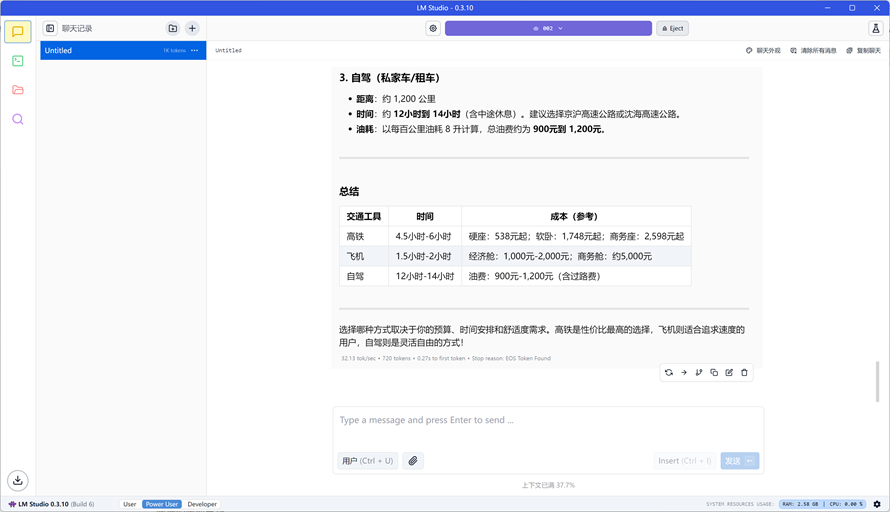
We used LM Studio to load the distilled DeepSeek R1 model with 32b parameters, which has a size of approximately 20GB. The full 671b parameter model is far beyond the capabilities of our computers. With the help of the GeForce RTX 5090D's massive 32GB VRAM, the 32b model can be fully loaded onto the graphics memory, enabling efficient inference. Through testing, this system achieves a processing speed of 32 tokens per second, which is quite smooth. Additionally, we used OLLAMA to load the 32b model, which took only 7.98 seconds to load from the local hard drive to the GeForce RTX 5090D's VRAM, basically achieving instant loading. This is obviously closely related to the efficient speed of the Zhitai TiPro9000 4TB.

We also tested the game loading speed of the Zhitai TiPro 9000 4TB using the Benchmark of "Far Cry 6". From clicking to entering the test interface, with all effects enabled and 4K resolution, the scene loading time for "Far Cry 6" was approximately 8.64 seconds, which is quite impressive. Additionally, we tested opening a 24GB universe image in Photoshop, which took the Zhitai TiPro 9000 4TB approximately 15 seconds.
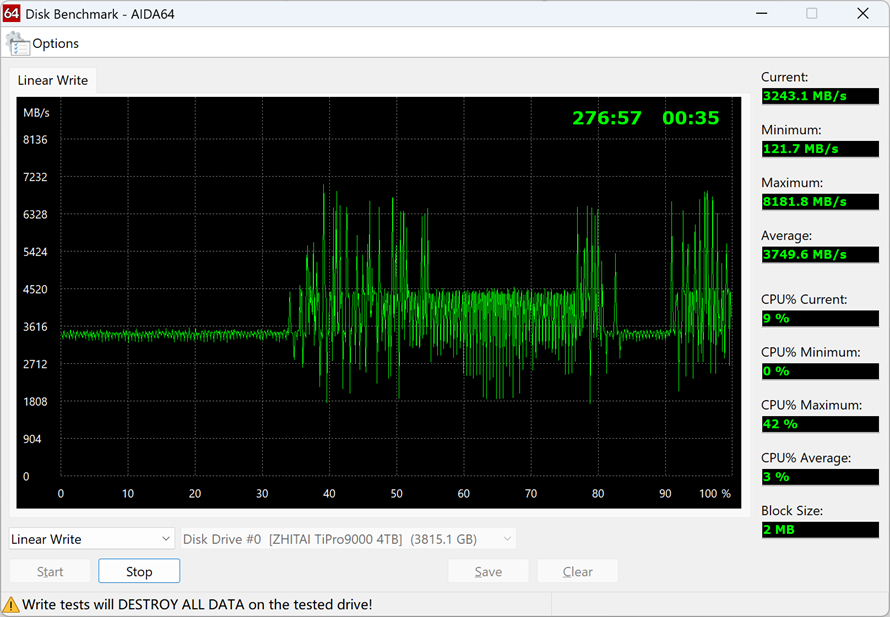
We also used AIDA 64 to conduct a full-disk write test and found that the full-disk write speed of the Zhitai TiPro 9000 SSD did not experience a sudden drop in transfer speed. Of course, considering that this is a 4TB SSD, the test time will be longer than that of 1TB or 2TB SSDs.
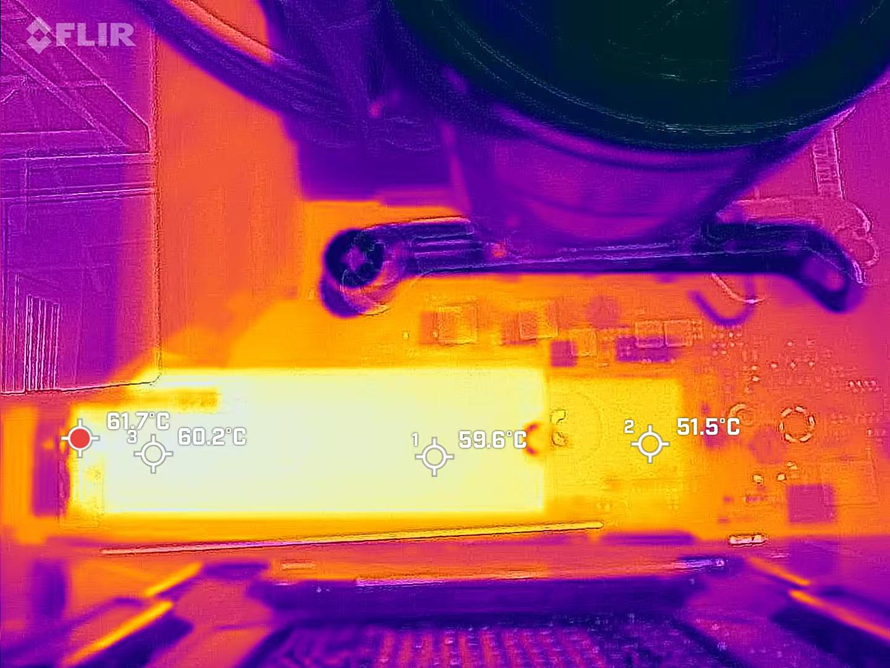
Lastly, regarding temperature, if you are a heavy user of PCIe 4.0 SSDs, you will surely be impressed by their significant heat generation. Such high temperatures can severely impact the SSD's transfer speed and reduce its lifespan. This is even more pronounced for higher-performance PCIe 5.0 SSDs, making cooling devices a rigid demand for high-end PCIe 5.0 SSDs. We used an infrared thermometer to test the temperature performance of the Zhitai TiPro 9000 4TB under full load and found that during the CrystalDiskMark benchmark, the maximum temperature of the heatsink was approximately 60°C, without exceeding 65°C. The built-in heatsink is quite effective.
Conclusion
Undoubtedly, as a standout among the new generation of PCIe 5.0 SSDs, the performance of the Zhitai TiPro 9000 4TB is quite satisfactory. Both its read speed exceeding 14GB/s and its write speed exceeding 13GB/s are impressive. In practical application tests, the system equipped with the Zhitai TiPro9000 4TB also excels at various tasks, including loading and inference of large language models, game loading, and video processing, effectively enhancing your work efficiency.
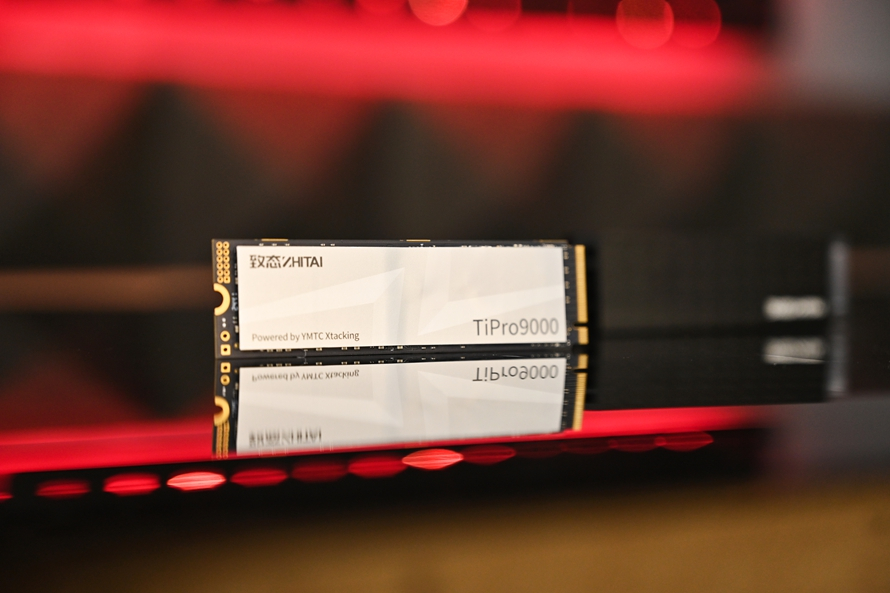
Moreover, the heatsink equipped with the Zhitai TiPro9000 4TB also performs well in heat dissipation, keeping the SSD at a satisfactory temperature even under heavy loads. After all, a PCIe 5.0 SSD running at full speed is a formidable beast, and taming it is no easy feat.
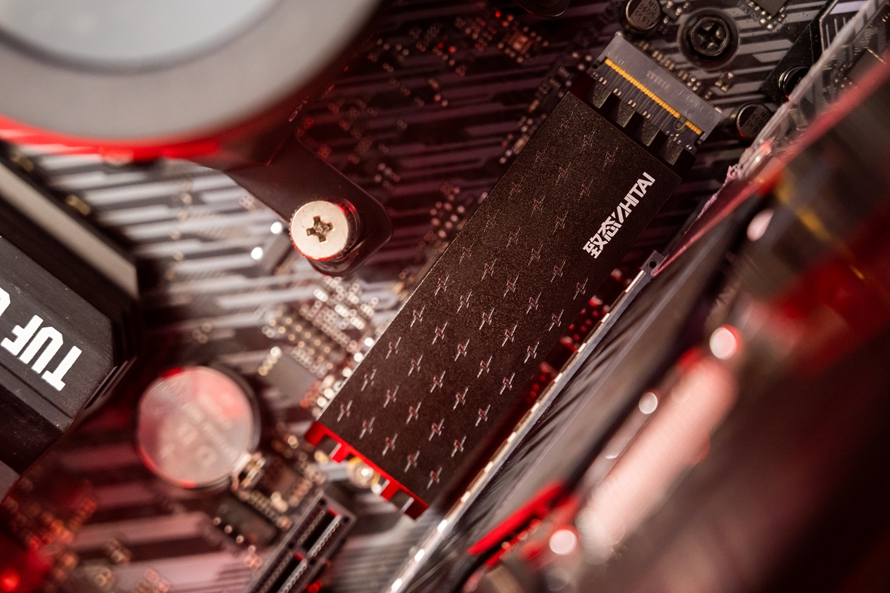
The Zhitai TiPro 9000 4TB we tested this time is definitely at a high-end level in terms of capacity, which is severely excessive for most users. Therefore, this 4TB SSD is more suitable for consumers engaged in professional applications, such as those with multiple H800 computing cards who want to run large language models with 70b parameters or even those with high-performance servers who want to fully deploy the 671b parameter DeepSeek R1 model with a capacity of 500GB. In such cases, the 4TB Zhitai TiPro9000 is the best choice. For ordinary consumers who want to experience the powerful performance brought by PCIe 5.0 SSDs, a 1TB or 2TB Zhitai TiPro 9000 will suffice.








